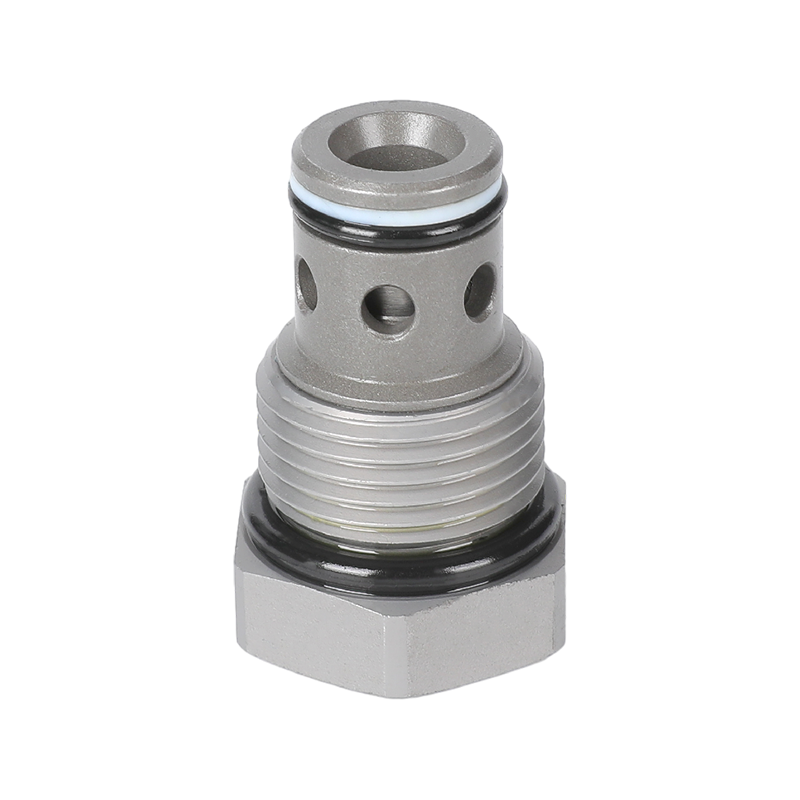In hydraulic and pneumatic systems, ONE-WAY THROTTLE VALVE plays a vital role. It has a one-way throttling function, effectively controls the flow of fluid and ensures the stable operation of the system. The one-way throttle valve is mainly composed of a valve body, a valve core, a spring and a seal. The valve body is the main body of the one-way throttle valve, and a flow channel and a valve seat are designed inside. The valve core is a key component for controlling the flow of fluid. Its shape and size match the valve seat. The flow of the fluid is adjusted by the displacement of the valve core. The spring is used to ensure the stability of the valve core in the closed state, and the seal ensures the sealing between the valve core and the valve seat.
The one-way throttle valve allows the fluid to flow freely in one direction, while providing a certain resistance or throttling effect in the reverse direction. This is determined by the one-way valve structure inside the valve core. When the fluid flows in from the inlet, the one-way valve opens and the fluid can pass smoothly; when the fluid tries to flow in from the outlet in the reverse direction, the one-way valve closes to prevent the fluid from passing. The position of the valve core determines the flow rate of the fluid. When the system needs to adjust the flow rate, it can be achieved by changing the displacement of the valve core. The greater the displacement of the valve core, the wider the channel through which the fluid passes, and the greater the flow rate; conversely, the smaller the displacement of the valve core, the narrower the channel, and the smaller the flow rate. The one-way throttle valve adjusts the resistance by changing the position of the valve core. When the valve core is opened, the channel through which the fluid passes becomes wider, the resistance is reduced, and the flow rate is accelerated; when the valve core is closed, the fluid can only flow through a narrower channel, the resistance increases, and the flow rate slows down. This resistance adjustment method enables the one-way throttle valve to effectively control the flow rate and flow rate of the fluid. The throttling effect of the one-way throttle valve is achieved by adjusting the resistance. When the fluid flow rate needs to be reduced, the resistance can be increased by reducing the displacement of the valve core; conversely, when the flow rate needs to be increased, the resistance can be reduced by increasing the displacement of the valve core. This throttling effect makes the one-way throttle valve have important application value in hydraulic and pneumatic systems.
One-way throttle valves are widely used in hydraulic and pneumatic systems to control flow speed, avoid backflow, etc. In hydraulic systems, they can be used to control the extension and retraction speed of the oil cylinder, adjust the pressure of the hydraulic system, etc. In pneumatic systems, they can be used to adjust the movement speed of the cylinder, control the stability of the airflow, etc. One-way throttle valves can also be used in some special occasions, such as automatic descent control valves, safety circuits and accumulators.

 English
English русский
русский
 ++86-0575-87669088
++86-0575-87669088


